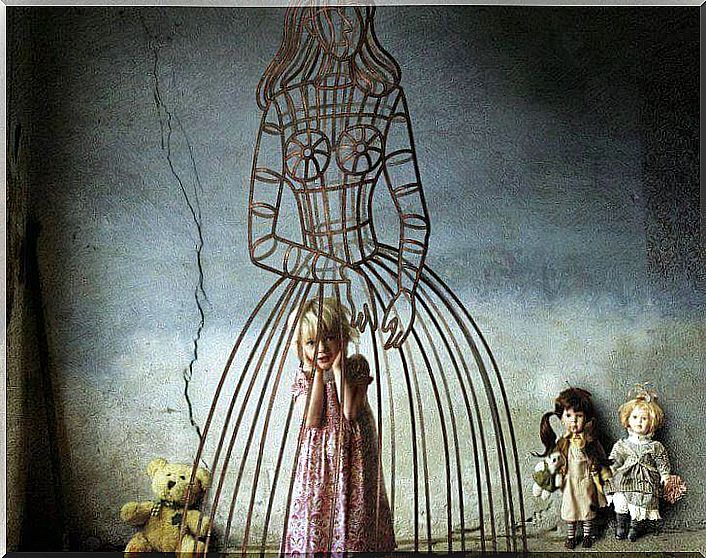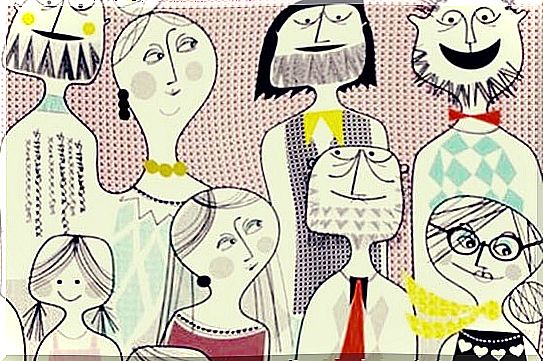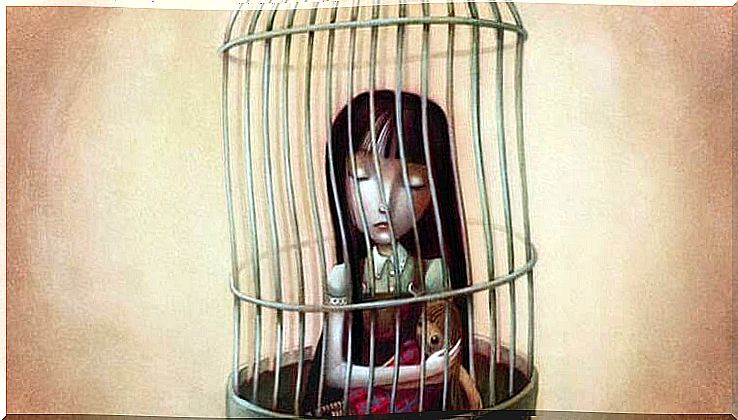Sacrificial Families, When Sacrifices Are Paid With Affection

Sacrificing families are those that educate on the “duty to sacrifice” for their members, those that cultivate in their components the need to postpone their own desires and needs in favor of the family’s well-being, either jointly or individually.
Its relational principles obey a maxim that is mainly summarized in “sacrificing oneself means being accepted” or, in other words, prioritizing the needs of others so as not to be the black sheep. The affection professed and the benefits granted in the form of consideration depend on that, on making life “a continuous chain of obligations. “
We mainly observe in their roles how parents are the main sacrificers or martyrs, these being guided by the maxim that “the main pleasure is the pleasure of the children.” In other words, the needs that they manifest are the common thread of upbringing.
As the family grows and ages, this “obligation” is inherited by the descendants, who are then responsible for the care of the family and expect endless deprivations and resignations borne in favor of the common good.

When the parents are still the sacrificers
When the parents are still the sacrificers, the children can feel free to develop a different vision of life. Therefore they rebel in thought, word and deed, trying to grant a healthier perspective of relationship.
Thus, as Giorgio Nardone affirms, with these concerns still unexpired, the children “urge them to have more fun, to go out, to travel, but the parents respond that if the children want to continue dressed in fashion, continue their studies, have their own car, etc., they have to continue sacrificing themselves and stop doing many things ”.
We see that the key point in his vision of the world and of the family responds mainly to maintaining a continuous condescension with the needs and desires of others. This is what is considered essential to ensure stability and acceptance of the other.

Other models of sacrificial family can be formed from dyads of “insane altruists” and “insane selfish”, in which one enjoys the sacrifices of the other. In this sense, both members play a role, being able to play the sacrifice card to dominate the relationship.
There are other possible combinations that can also be highly disturbing, such as those that initiate sacrificial competitions in pursuit of external goals (buying a house, for example), thus composing the perfect melodic alibi to avoid living the present pleasure. the goal: to increase future enjoyment.
As we will see below, regardless of the origin of the couple that will make up the family, the relational pattern that is deciphered is really negative. This is so because it undermines self-esteem and the building of a healthy self-esteem in its members.

“Sacrifice” and “duty”, words that make up a way of life
In the most polarized cases we find that the words “sacrifice” and “duty” create a determining mark on the philosophy of life. When the “insane altruist” is the parent, this generates the obligation to “take what he gives him” in the “insane selfish” (son). Thus, as Nardone states:
“Relationships are often asymmetrical and the one who sacrifices, although apparently humble and subdued, is in an iron position , because through his resignations he obtains a position of superiority, making others always feel guilty or in debt. . This creates a familiar game that is based on a debit and credit system with slides towards the side of moral blackmail ”.
This is constituted as a kind of personality pattern that subsumes the person, generating immense wear and tear. In some cases, it is difficult for the person raised in this environment to see his need for reciprocity satisfied, since he learns to let his longings for others perish, few things will bring him the reinforcement he needs.

Verbalizations such as “you don’t understand my sacrifice, if it weren’t for me …” are then heard , thereby assuming the attitude of the main victim. Life for these people ends up becoming a burial, confining themselves to the obligation to bury their own interests and their lives.
In the children who adopt this model of sacrificing family, the emotional legacy carries as a flag the disappointment, the inability to enjoy the present, the assumption of the dreams of others as their own, the hopelessness and the difficulty to handle self-knowledge skills that allow them to leave. of the hole.
Other people desperately seek to get out of the suffocating family atmosphere in which obligations, blackmails, and worries drown out their own needs. Others incessantly seek a change, others learn to live together, etc.
Be that as it may, identifying these relationship patterns in sacrificial families is essential to take a step towards personal growth and re-elaborate your own priorities. Something that, without a doubt, we should rethink ourselves daily.









